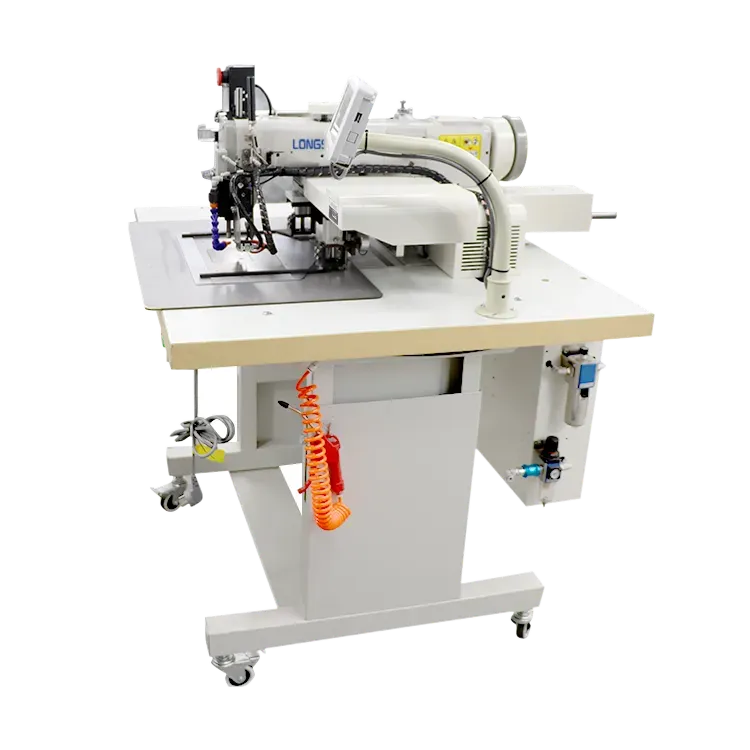Innovative Techniques for Efficient Cutting and Sewing in Garment Production Processes
The Importance of Cutting and Sewing in Fashion Design
In the world of fashion design, the process of creating garments involves a series of meticulous steps that are critical to the final product. Among these steps, cutting and sewing are fundamental components that bridge the gap between the designer’s vision and a tangible piece of clothing. Understanding the intricacies of cutting and sewing can greatly enhance the quality of a finished garment and ensure a successful design outcome.
Cutting The Foundation of Garment Construction
Cutting is the first step in the garment-making process. It involves the careful planning and execution of how fabric will be shaped and sized to create the various pieces of a garment. Precision is paramount here, as even a slight error in cutting can lead to significant problems down the line. Designers typically start with a pattern, which serves as a blueprint for how the pieces of the garment will be laid out on the fabric.
There are different cutting techniques, including straight cutting, bias cutting, and layering. Straight cutting is the most common method used, where patterns are laid out in accordance with the grain of the fabric. Bias cutting involves cutting the fabric at an angle to the grain, which allows for a more fluid drape and is often used in creating more fitted or flowing garments.
The choice of fabric also plays a crucial role during the cutting process. Different fabrics have distinct characteristics such as stretch, weight, and drape, which can affect how they should be cut and sewn. For instance, lightweight fabrics might require interfacing for structure, while heavier materials demand more robust cutting techniques to ensure accuracy and prevent distortion.
Sewing Bringing Fabric to Life
cutting line sewing

Once the fabric has been cut into appropriate shapes, the next step in the process is sewing. This stage involves joining the cut pieces together, transforming them into a cohesive garment. The sewing technique chosen—whether it be straight, zigzag, or overlock—will significantly determine the quality and finish of the final product.
Sewing not only connects pieces of fabric but also adds design elements such as seams, stitch patterns, and embellishments. Each stitch plays a role in the garment’s durability and aesthetic appeal. For example, double-stitched seams provide added strength, making garments last longer and withstand wear and tear. On the other hand, decorative stitches can enhance the visual appeal, adding unique characteristics that reflect the designer’s vision.
Moreover, sewing machines have evolved, incorporating a wide range of features that enable more complex sewing techniques. From basic machines used for straight stitching to advanced computerized models capable of intricate embroidery, the technology has undoubtedly expanded creative possibilities for designers.
The Synergy of Cutting and Sewing
The relationship between cutting and sewing is symbiotic; cutting serves as the groundwork for successful sewing, while the sewing process breathes life into the carefully cut pieces. It is crucial for designers and seamstresses to work closely and understand the interplay between these processes. A well-cut garment can only reach its full potential when sewn expertly, ensuring that it not only fits well but also embodies the design intent.
In conclusion, cutting and sewing are fundamental practices in fashion design that require a blend of artistry and technical skill. Mastering these processes can significantly impact the quality and appeal of a garment. As fashion continues to evolve, an appreciation for the craftsmanship that goes into cutting and sewing remains essential, reminding us of the dedication and expertise that underpins each piece of clothing we wear.
-
Boost Production Efficiency with a Pattern Sewing MachineNewsAug.29,2025
-
Industrial Excellence with the Best Heavy Duty Sewing MachineNewsAug.29,2025
-
Precision and Power with the Best Pattern Sewing MachineNewsAug.29,2025
-
Reliable Bulk Packaging Starts With the Right FIBC Sewing MachineNewsAug.29,2025
-
Advanced Packaging Solutions: Elevate Productivity with Jumbo Bag Sewing Machine and Industrial Stitching EquipmentNewsAug.29,2025
-
High-Performance Solutions for Bulk Packaging: FIBC Sewing Machine and MoreNewsAug.29,2025
-
Maximize Efficiency with an Industrial Cylinder Arm Sewing MachineNewsAug.28,2025


























